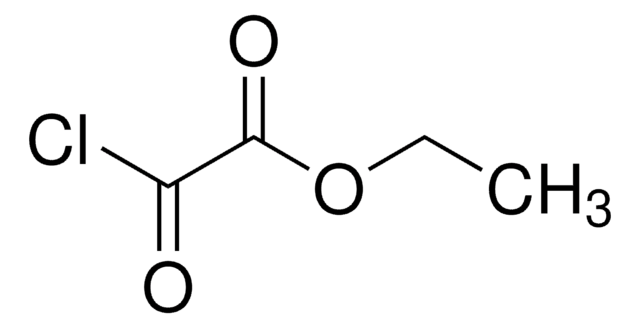554720
trans-Retinoic Acid
Potent modulator of growth and differentiation. Inhibits melanocyte adhesion, motility, and growth.
Synonyme(s) :
trans-Retinoic Acid, Tretinoin, ATRA, Vitamin A Acid
About This Item
Niveau de qualité
Pureté
≥95% (by assay)
Forme
solid
Fabricant/nom de marque
Calbiochem®
Conditions de stockage
OK to freeze
desiccated (hygroscopic)
protect from light
Couleur
yellow
Solubilité
DMSO: 25 mg/mL
Conditions d'expédition
ambient
Température de stockage
2-8°C
InChI
1S/C20H28O2/c1-15(8-6-9-16(2)14-19(21)22)11-12-18-17(3)10-7-13-20(18,4)5/h6,8-9,11-12,14H,7,10,13H2,1-5H3,(H,21,22)/b9-6+,12-11+,15-8+,16-14+
Clé InChI
SHGAZHPCJJPHSC-YCNIQYBTSA-N
Description générale
Application
- All-trans-retinoic acid modulates glycolysis via H19 and telomerase: the role of mir-let-7a in estrogen receptor-positive breast cancer cells.: This research reveals how all-trans-retinoic acid influences glycolysis in breast cancer cells by modulating H19 and telomerase, demonstrating its potential in breast cancer therapy (El Habre et al., 2024).
- Retinoic acid tiers mitochondrial metabolism to Sertoli Cell-Mediated efferocytosis via a non-RAR-dependent mechanism.: The study explores the role of retinoic acid in linking mitochondrial metabolism to efferocytosis in Sertoli cells, providing insights into its non-RAR-dependent mechanisms and potential applications in reproductive biology (Wu et al., 2024).
- Combined treatment of All-trans retinoic acid with Tamoxifen suppresses ovarian cancer.: This article discusses the synergistic effects of combining all-trans-retinoic acid with tamoxifen in suppressing ovarian cancer, highlighting a promising therapeutic strategy for ovarian cancer patients (Xu et al., 2024).
Conditionnement
Avertissement
Reconstitution
Autres remarques
Clagett-Dame, M., et al. 1993. Arch. Biochem. Biophys.300, 684.
Labbaye, C., et al. 1993. Blood81, 475.
Sakashita, A., et al. 1993. Blood81, 1009.
Situ, R., et al. 1993. Dermatology186, 38.
Tini, M., et al. 1993. Genes Develop.7, 295.
Leid, M., et al. 1992. Trends Biochem. Sci.17, 427.
Sharpe, C.R. 1991. Neuron7, 239.
Thaller, C. and Eichele, G. 1990. Nature345, 815.
Informations légales
Mention d'avertissement
Danger
Mentions de danger
Conseils de prudence
Classification des risques
Acute Tox. 4 Oral - Aquatic Acute 1 - Aquatic Chronic 1 - Repr. 1B - Skin Irrit. 2
Code de la classe de stockage
6.1C - Combustible acute toxic Cat.3 / toxic compounds or compounds which causing chronic effects
Classe de danger pour l'eau (WGK)
WGK 2
Point d'éclair (°F)
Not applicable
Point d'éclair (°C)
Not applicable
Certificats d'analyse (COA)
Recherchez un Certificats d'analyse (COA) en saisissant le numéro de lot du produit. Les numéros de lot figurent sur l'étiquette du produit après les mots "Lot" ou "Batch".
Déjà en possession de ce produit ?
Retrouvez la documentation relative aux produits que vous avez récemment achetés dans la Bibliothèque de documents.
Les clients ont également consulté
Notre équipe de scientifiques dispose d'une expérience dans tous les secteurs de la recherche, notamment en sciences de la vie, science des matériaux, synthèse chimique, chromatographie, analyse et dans de nombreux autres domaines..
Contacter notre Service technique






